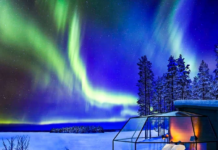“When you stare into the abyss, the abyss stares back at you”. An aphorism by Nietszche that seems perfect for this water spring, because if you look deep into it, into the abyss, due to its particular conformation, this body of water will also “look back.” Where is it located and why is it called that?
A dive into the EARTH’S EYE
# The Eye of the Earth
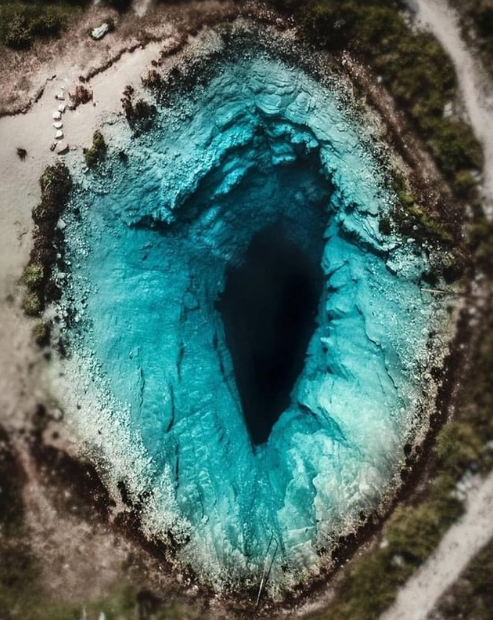
What nature gives in Dalmatia, more precisely in Vrlika at the foothill of the Dinara massif, is one of the most incredible spectacles on the planet. A spring that feeds Dalmatia’s longest river, named Cetina, which runs 105 km before flowing into the Adriatic Sea and takes the shape of an eye.
Viewed from above, in fact, the spring looks like an iris in shades of blue, turquoise, and emerald green, while the pupil is actually formed by a mysterious cavern, the true depth of which is still unknown just as no one knows what you can find at the bottom.
This is also why it has been called the “Eye of the Earth”.
Read also: FINANCIAL TIMES discovers the “VALLEY OF LAKES” one hour from Milan and at “;HUMAN COSTS”
# From the Sanctuary to the depths of the Earth
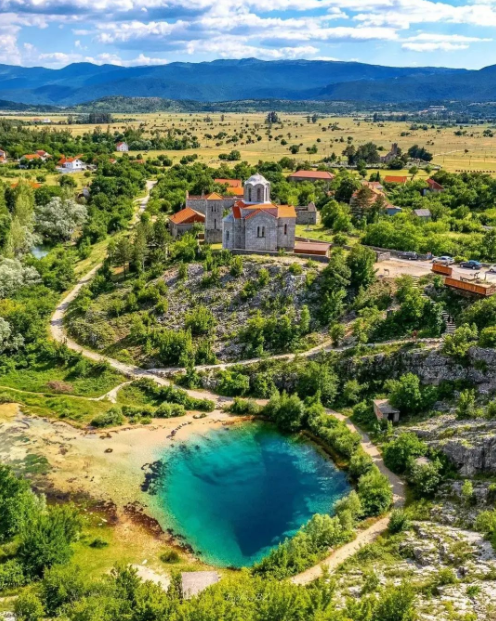
Tunnels and caverns alternate right in the center of the eye. Diving enthusiasts have explored the interior only to a depth of 115 m., but to this day the true extent and what lies hidden at the bottom remain unknown. All of this adds only this body of water’s legend, attracting visitors from all over.
Cetina Spring is off the mass tourist maps, yet it hosts curious guests every week.
To get to the Eye of the Earth, one passes through a rough dirt path, which runs alongside an Orthodox church close to Milevo.
The track leads directly to the source, and further down the valley are the ruins of an ancient Croatian church dating back to the 9th century.
Read also: FRESH WATER IN THE OCEAN: Could it save the planet?
# Dolomites and limestone
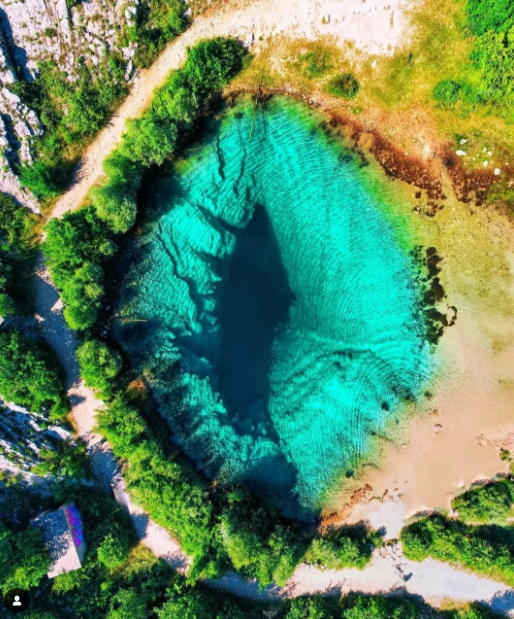
The small lake is of karst origin and is located at the foot of the Dinare Alps, a formation that is one of the main limestone mountain ranges in Europe.The rocks are more likely to have a limestone and dolomite composition, making the Dinare Alps massif compact and almost inaccessible for communication routes.
It was precisely the water, with its patient work, that carved tunnels that were later used by mankind as communication routes, for roads and railways.
In Milevo the water of the Cetina never left, but it carved these immense and still mysterious caverns that constitute the pupil of the Eye of the Earth.
Read aslo: “Moses’trek”: where you can WALK across the WATERS
# Less than an hour from Split
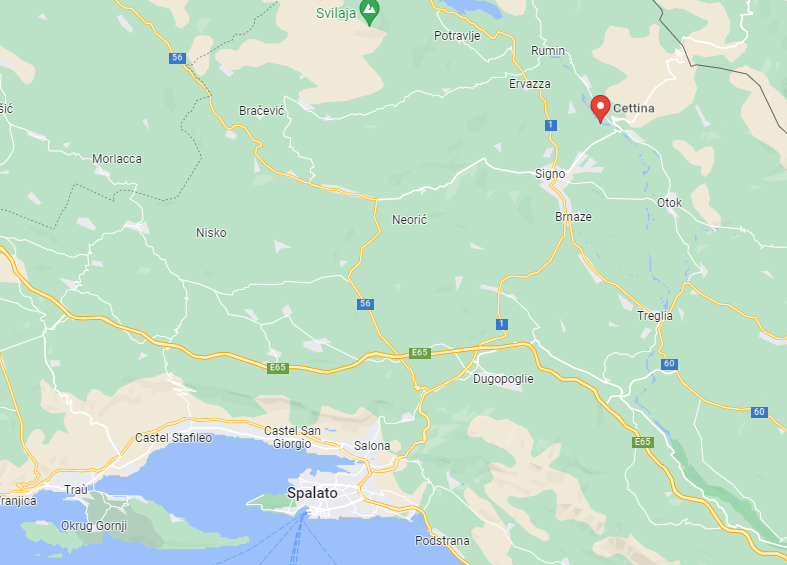
The Eye of the Earth is 45 minutes from the Split’s beaches and can be reached running the D1 highway.
If you are not an experienced palaeo-diver, you can paddle in a kayak and cross the body of water at the spring to get a look directly into the unknown. The water is really icy, and there are few brave people who dare to challenge the temperature to take a swim.
For those who don’t feel up, there are hikes available to visit the other two springs of the Cetina (not as fascinating as the Eye of the Earth) or the massif of the Dinare Alps
Continue reading: The incredible SKYSCRAPER with a WATERFALL
LAURA LIONTI




